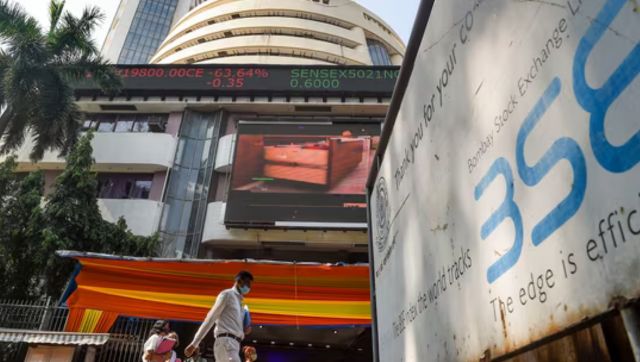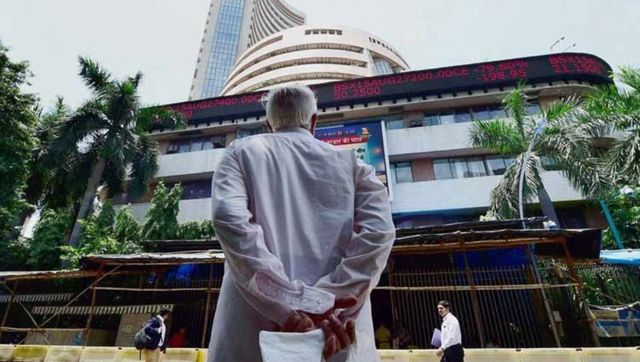The Indian market continued to trade higher today with marginal gains due to support from Reliance Industries and Infosys. But a 6 percent fall in Bharti Airtel has capped the upside. Yet, since the beginning of August, markets are up 2.1 percent as foreign institutional investors have invested $278.63 million into Indian equities.
That too at a time when the Indian economy is slowing, its fiscal deficit is widening, reforms are in a limbo and a weak monsoon is seen pushing already stubborn inflation rate to new highs, leaving little room for a rate cut.
In fact today a a slew of research outfits have slashed their GDP growth forecast for FY13 sharply, citing a weak monsoon, swelling twin deficits and policy impasse at the Centre. What’s worse, regular interruption of the Parliament on the first day of the monsoon session has also raised doubts over the government’s ability to push through key economic bills.
Morgan Stanley in a research report today pointed out that continued reliance on fiscal spending to boost consumption has reached its limit as less- productive public spending substituted for the decline in productive private investment, resulting in a stagflation-type environment and macro stability risks. “With its favourable demographics, India should generate domestic demand from investment, which would help to generate productive capacity and improve potential growth.”
Though Chidambaram’s promise for fiscal reforms helped sentiment last week, easing some of the growing worries the government would delay action, the sudden downgrades by various foreign institutions once again puts a question market on the government’s ability to implement reforms.
As a Firstpost story noted earlier , the average Indian who is bearing the brunt of the country’s woes might not see any light ahead in the near future. However, foreign institutional investors have invested over $12.5 billion in Indian debt and equities in the calendar year to date. FIIs do not have to invest in India unlike a Indian resident and the fact that they have chosen to invest in the country when everything is looking bleak suggests that they are expecting things to improve and markets to look up.
But are FIIs really bullish because of investment-friendly proposals from the new finance minister P Chidambaram or is it simply low rates and liquidity in the US and Europe that are finding their way into equities apart from going into safe haven assets?
According to Rajen Shah, CIO of Angel Broking, money flow will decide the fate and the direction of the markets hereon. “Fundamentals have taken a back seat. It is liquidity which is driving the markets currently,” he said. The brokerage further believes that Indian markets are more attractive compared to US and Europe, where economic problems have magnified to a large extent. Therefore, he believes money will flow into the market, which will provide a strong boost to Indian equities.
Sandeep Singhal, co-head institutional equities from Emkay Global Financial Services Ltd, told Mint , “This is only tactical money which is flowing into India. Like most other emerging markets, India is receiving its share. We do not expect the upmove to continue. Why would anyone buy into an economy which is not growing?”
The cheap money is going into equities as low interest rates lower risk premium on stocks. As Firstpost said earlier, " rising US equity markets do tend to rub off on global equity markets including Indian equities given that the US is the world’s largest economy.
Earlier this weak investment bank Morgan Stanley too had said the Indian market is preparing itself for the next big bull market, though we are not quite there yet. The report said steepening of the yield curves (short-term rates falling faster than the long rates in the bond market), expanding profit margins and attractive valuations are among the factors which are essential for a bull market.
The last of the bull-run was witnessed in 2009, as the country made a faster recovery from the lows of the post-Lehman collapse market fall after establishing that the country, driven by domestic consumption, is resilient to global ills. This bull run saw FIIs pumping in nearly $30 billion into the domestic securities.
“Till we enter the phase of a sustained run of a jump in the broader market,” Morgan Stanley said, “investors can continue to make outside returns because individual stocks, both large and small, are already in a bull market.”
)
)
)
)
)